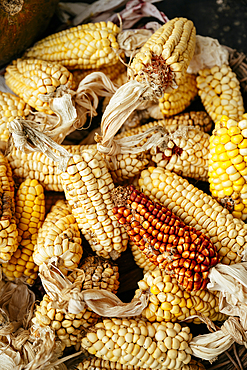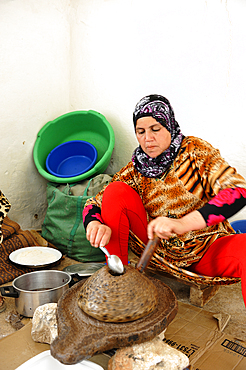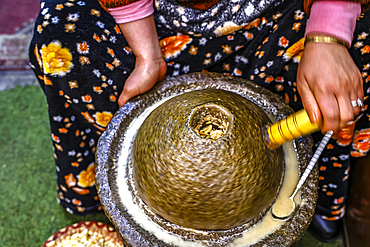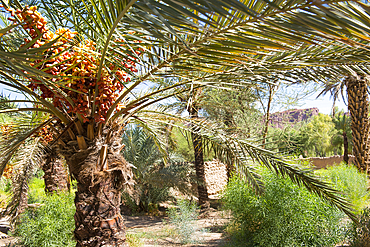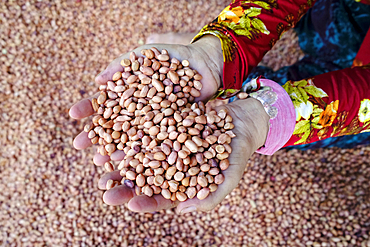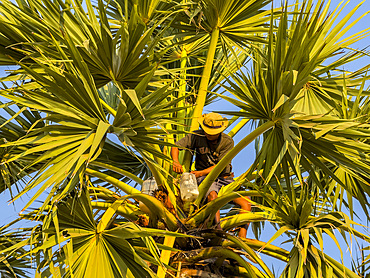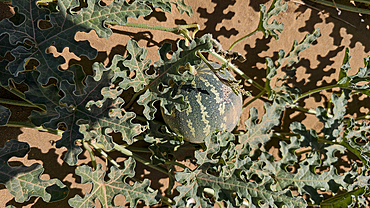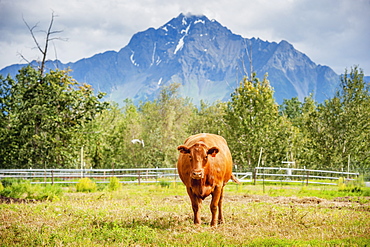Results
18 results found

Galapagos sea lion (Zalophus wollebaeki) pup in the Galapagos Island Archipelago, UNESCO World Heritage Site, Ecuador, South America
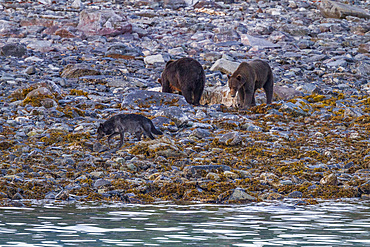
Adult brown bears (Ursus arctos) and wolf (Canis lupus) feeding on humpback whale carcass in Glacier Bay National Park, Alaska, United States of America
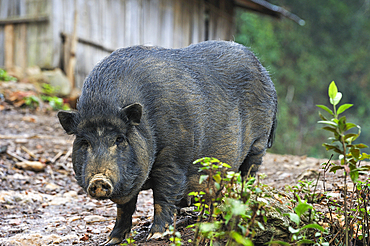
Sow in an Akha tribe village in the mountains surrounding Muang La, Oudomxay Province, northwestern Laos
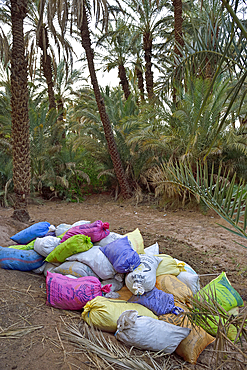
Sacks of dates, palm grove of Zagora, Draa River valley, Province of Zagora, Region Draa-Tafilalet, Morocco

A colorful queen conch, Strombus gigas, lies on the seagrass-covered seafloor of Turneffe Atoll in Belize. Conchs are an important marine resource as they are sought for food.
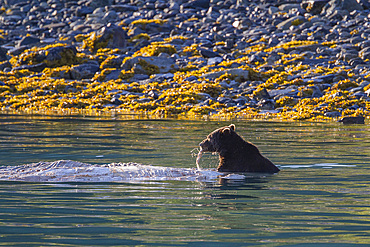
Adult brown bear (Ursus arctos) feeding on humpback whale carcass in Glacier Bay National Park, Alaska, United States of America

Cod drying on racks temporarily built for that purpose in the small fishing town of A in the Lofoten Island Group, Norway
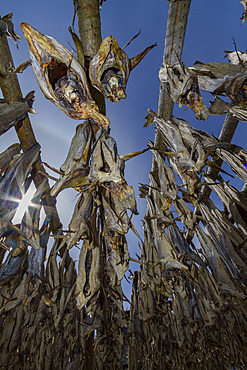
Cod drying on racks temporarily built for that purpose in the small fishing town of A in the Lofoten Island Group, Norway
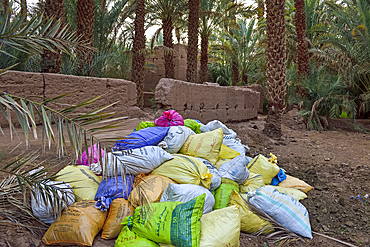
Sacks of dates, palm grove of Zagora, Draa River valley, Province of Zagora, Region Draa-Tafilalet, Morocco
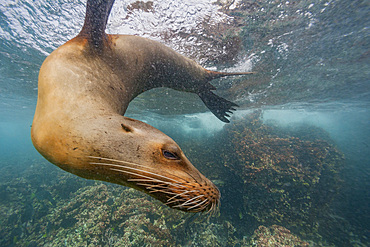
Galapagos sea lion (Zalophus wollebaeki) underwater in the Galapagos Island Archipelago, UNESCO World Heritage Site, Ecuador, South America
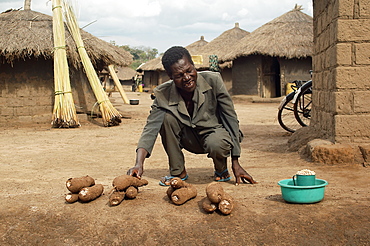
An IDP camp (internally displaced people) in Te-Tugu district of Northern Uganda has been created to accommodate the mass of Ugandan refugees fleeing the LRA (Lords Resistance Army) who are fighting the Ugandan government and its people. With all attempts to be self-sufficient in these camps, Yams are an important vegetable for survival. The tubers can be stored up to six months without refrigeration, which makes them a valuable resource for the yearly period of food scarcity at the beginning of the wet season. Te-Tugu, Uganda, East Africa
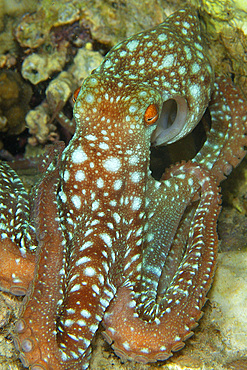
Starry night octopus, Octopus luteus, foraging on coral reef at night, Malapascua, Cebu, Philippines, Visayan Sea.
